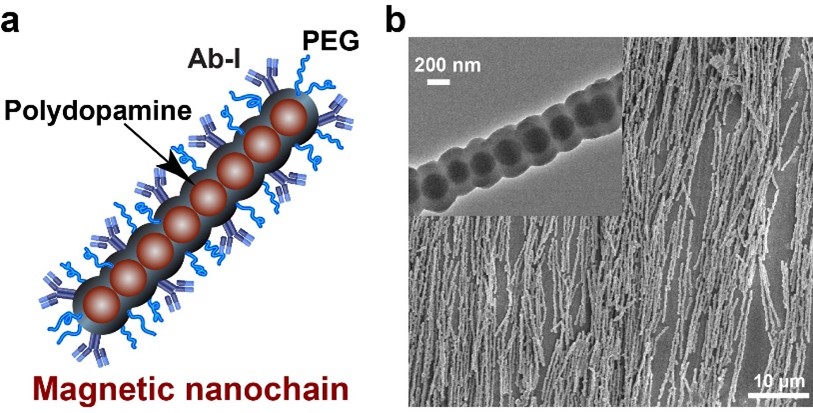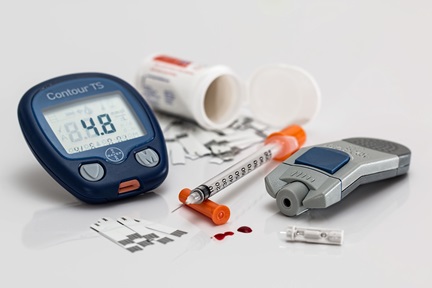
Method for Preparing a Magnetic Chain Structure
Synopsis
Advancing from conventional to high-throughput screening, surface enhanced Raman spectroscopy (SERS) stands out in in vitro diagnostics (IVD). This invention presents a method for fabricating magnetic chain structures, enabling rapid and sensitive detection of disease biomarkers for improved diagnostics and personalised medicine.
Opportunity
The IVD market offers advanced, cost-effective, and fast tools for precise diagnosis and point-of-care testing. Estimated at USD 105 billion in 2022, it is poised to reach USD 128 billion in 2028, growing at a CAGR of 3.3%. The market is transitioning from conventional instruments to advanced high-throughput screening methodologies that require small sample volumes. Automation, rapid turnaround, multiplexing, high sensitivity and high resolution are key trends, with SERS meeting these needs.
Technology
This invention introduces a method for fabricating magnetic chain structures with optimised nanochain lengths. It involves a microfluidic chip capable of mixing the nanochain reagent with a test sample within a magnetic field, enabling immediate detection using SERS within the same chamber.
The multifunctional nature of the nanochains allows them to be functionalised with multiple specific Raman tags, each associated with distinct biomarkers for disease diagnosis. This approach significantly reduces testing time, minimises the sample volumes required, and facilitates multiplexing for detecting multiple disease-associated biomarkers in a single assay. By integrating magnetic chain structures with microfluidic technology and SERS detection, this method represents a significant advancement in biomolecular diagnostics.

Figure 1: a) Schematic illustration of functionalised magnetic nanochain. b) Scanning electron microscopy (SEM) and transmission electron microscopy (TEM) images of magnetic nanochains.
Applications & Advantages
Main application areas include disease diagnostics, personalised medicine and point-of-care testing.
Advantages:
- Shorter turnaround
- Reduced sample volume
- Multiplexing capability
- Cost-effective
- High sensitivity and specificity


.tmb-listing.jpg?Culture=en&sfvrsn=a0428bd8_1)



-with-those-from-other-fungi.tmb-listing.jpg?Culture=en&sfvrsn=3025740f_1)








